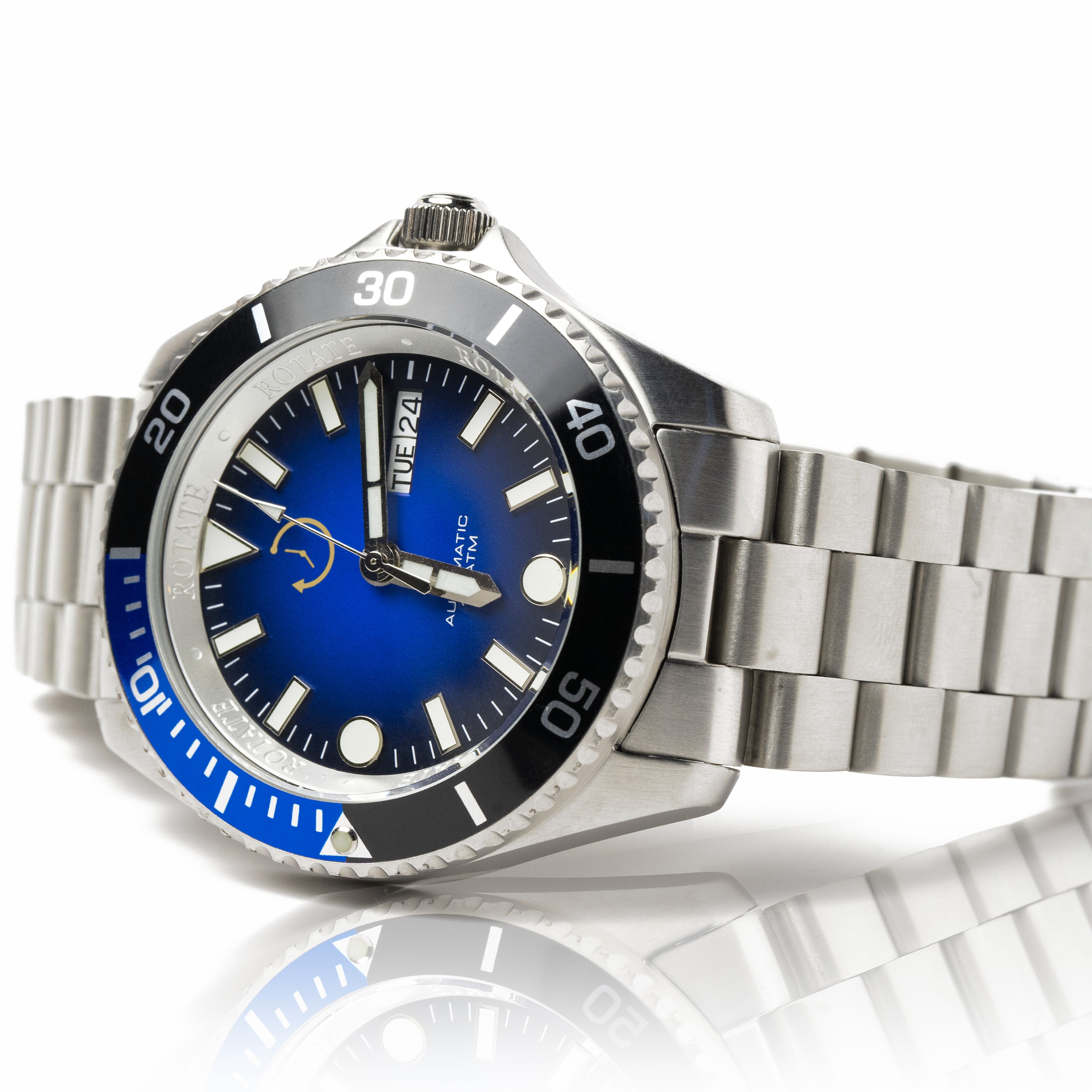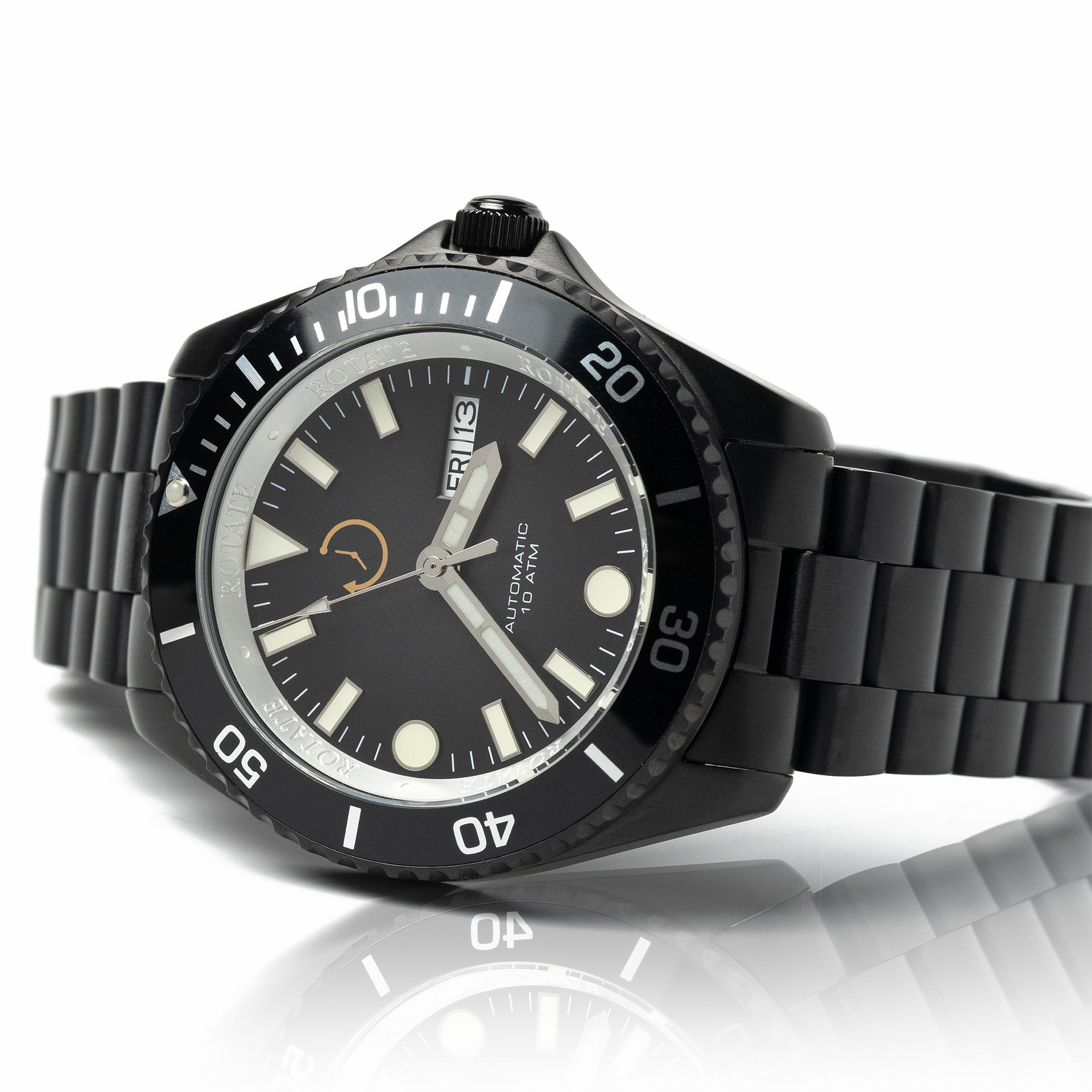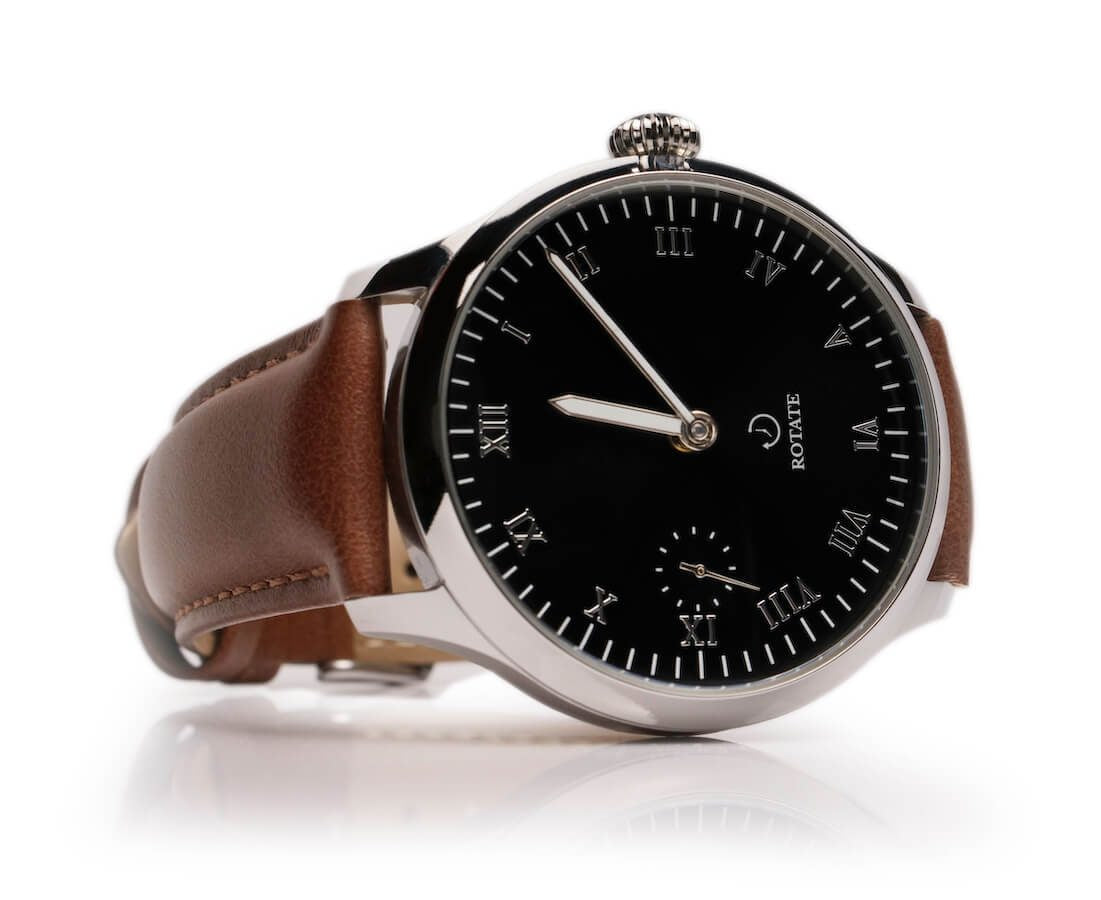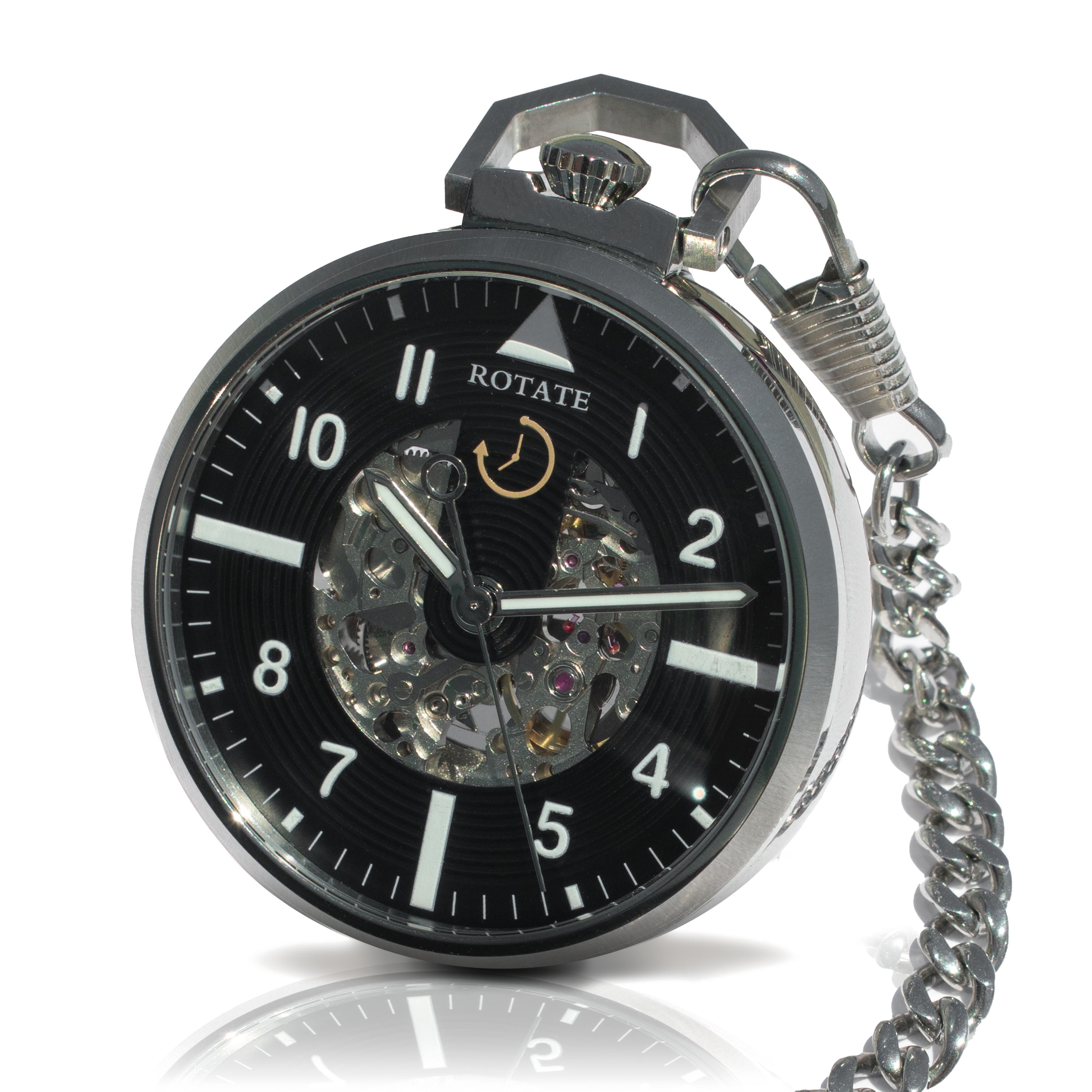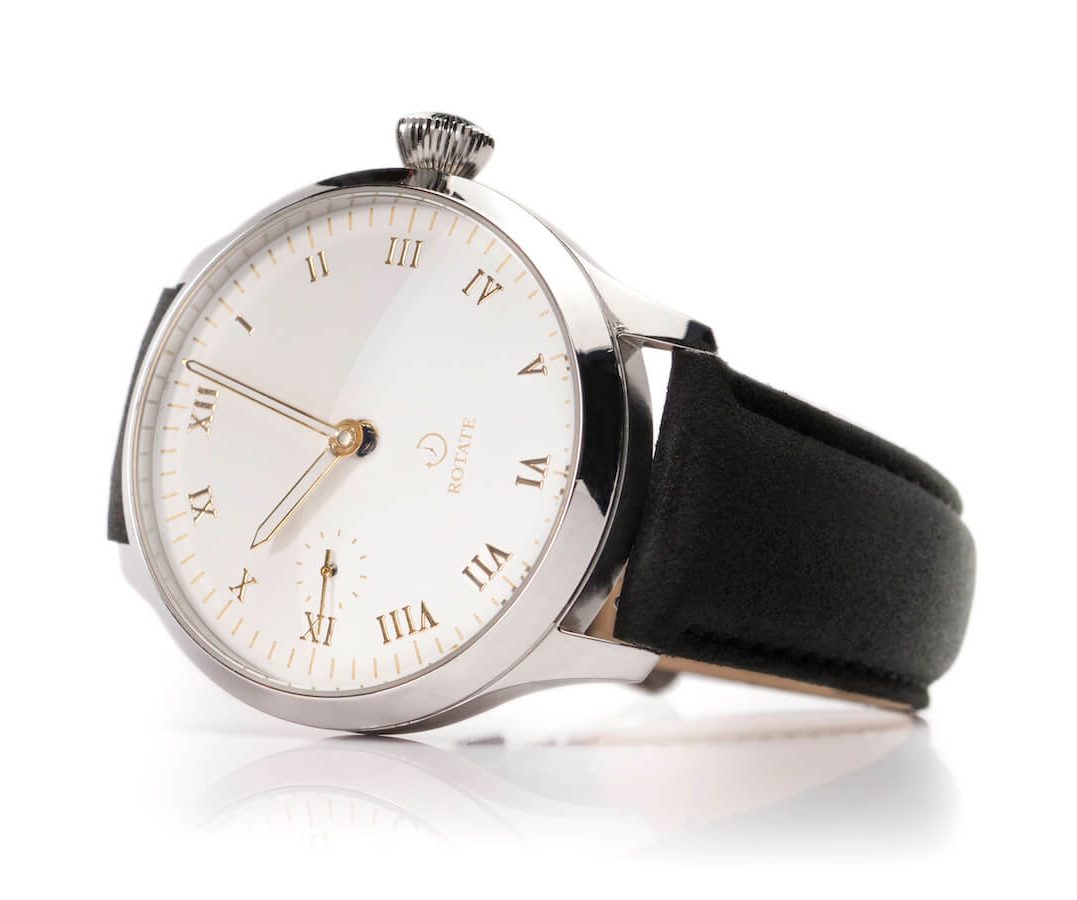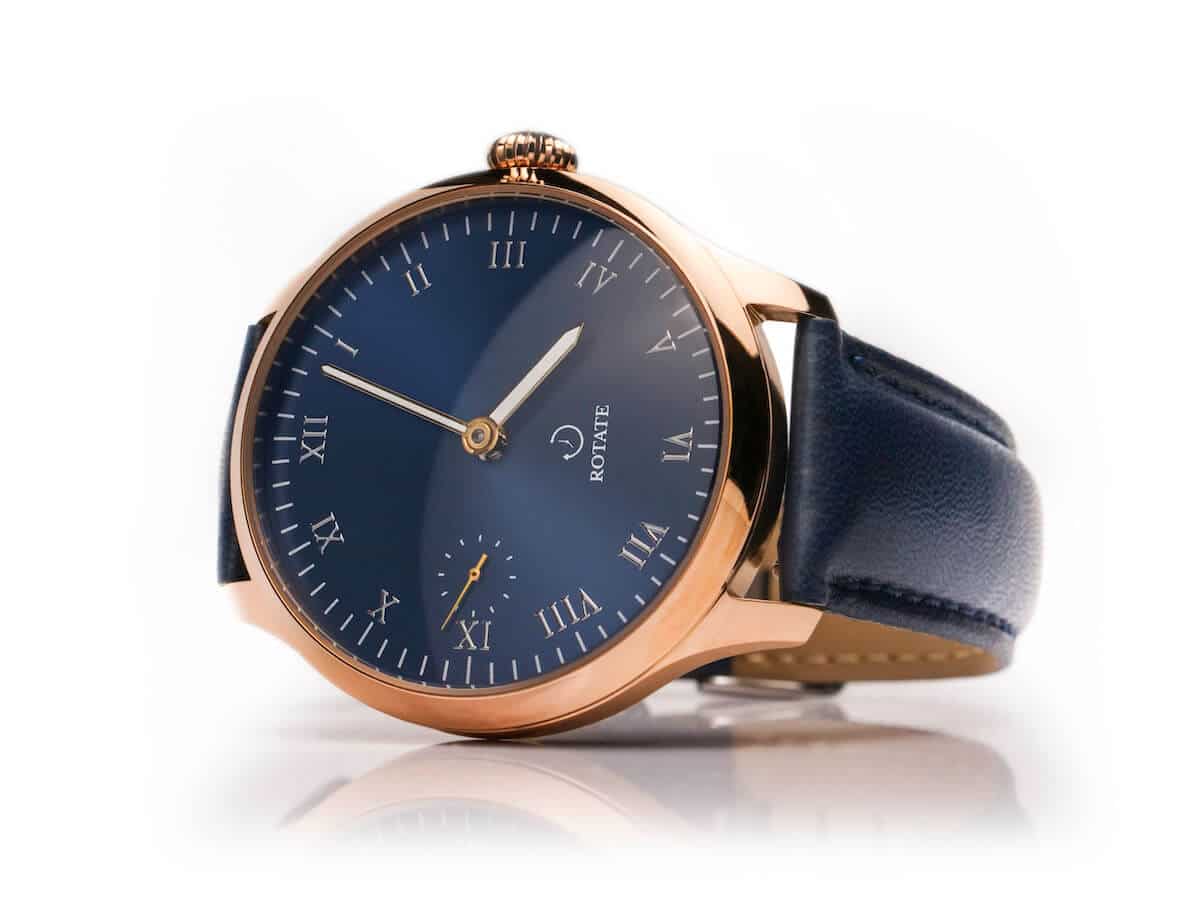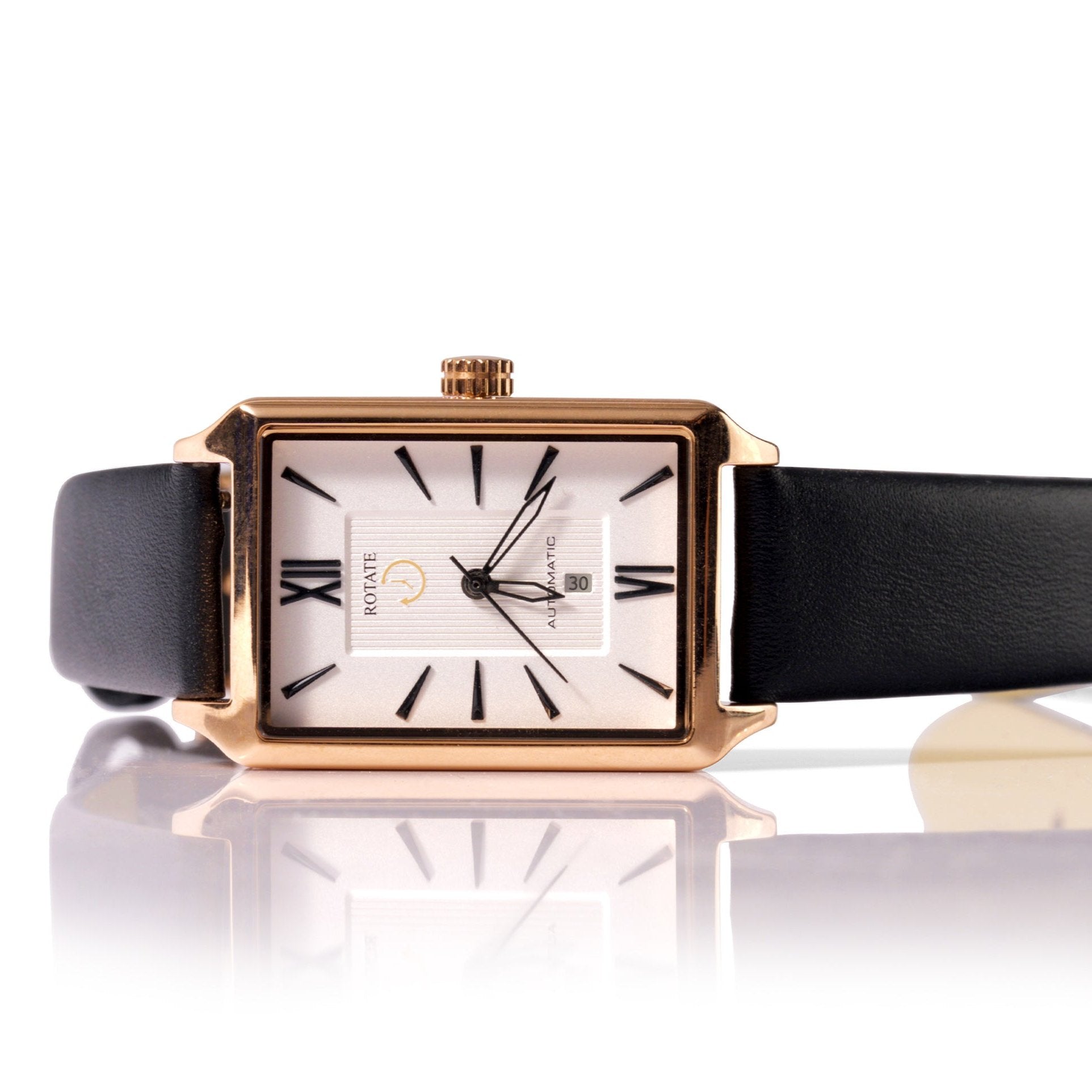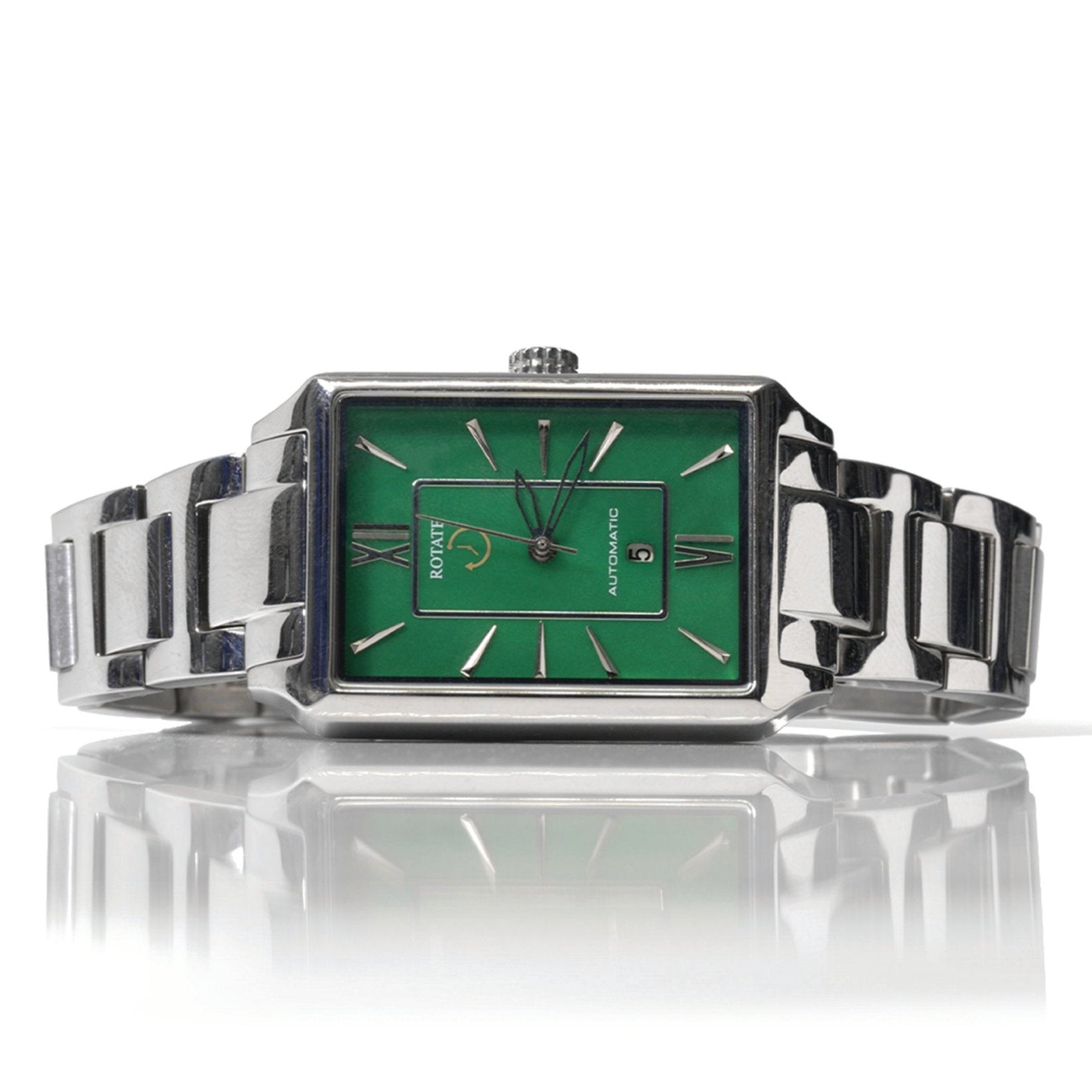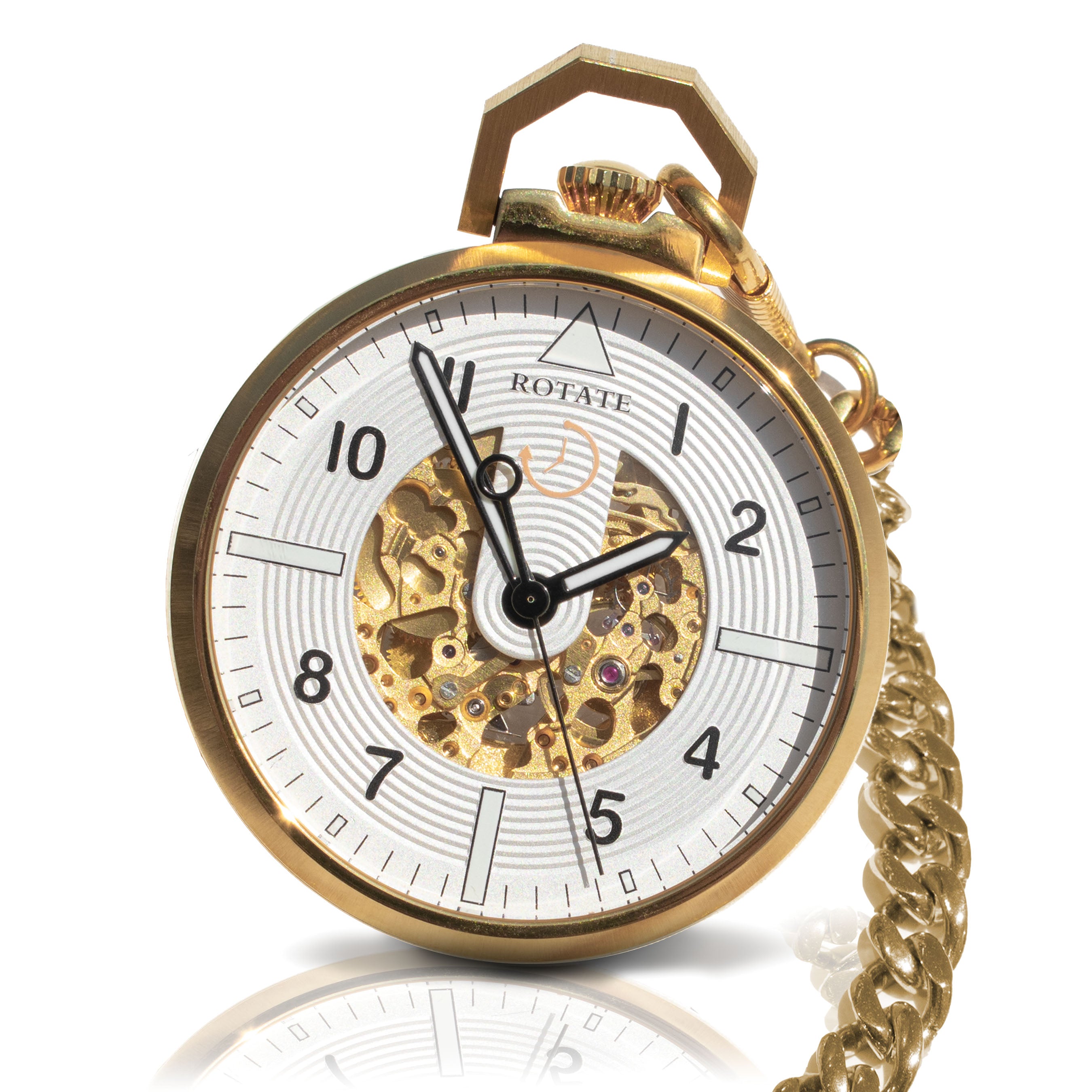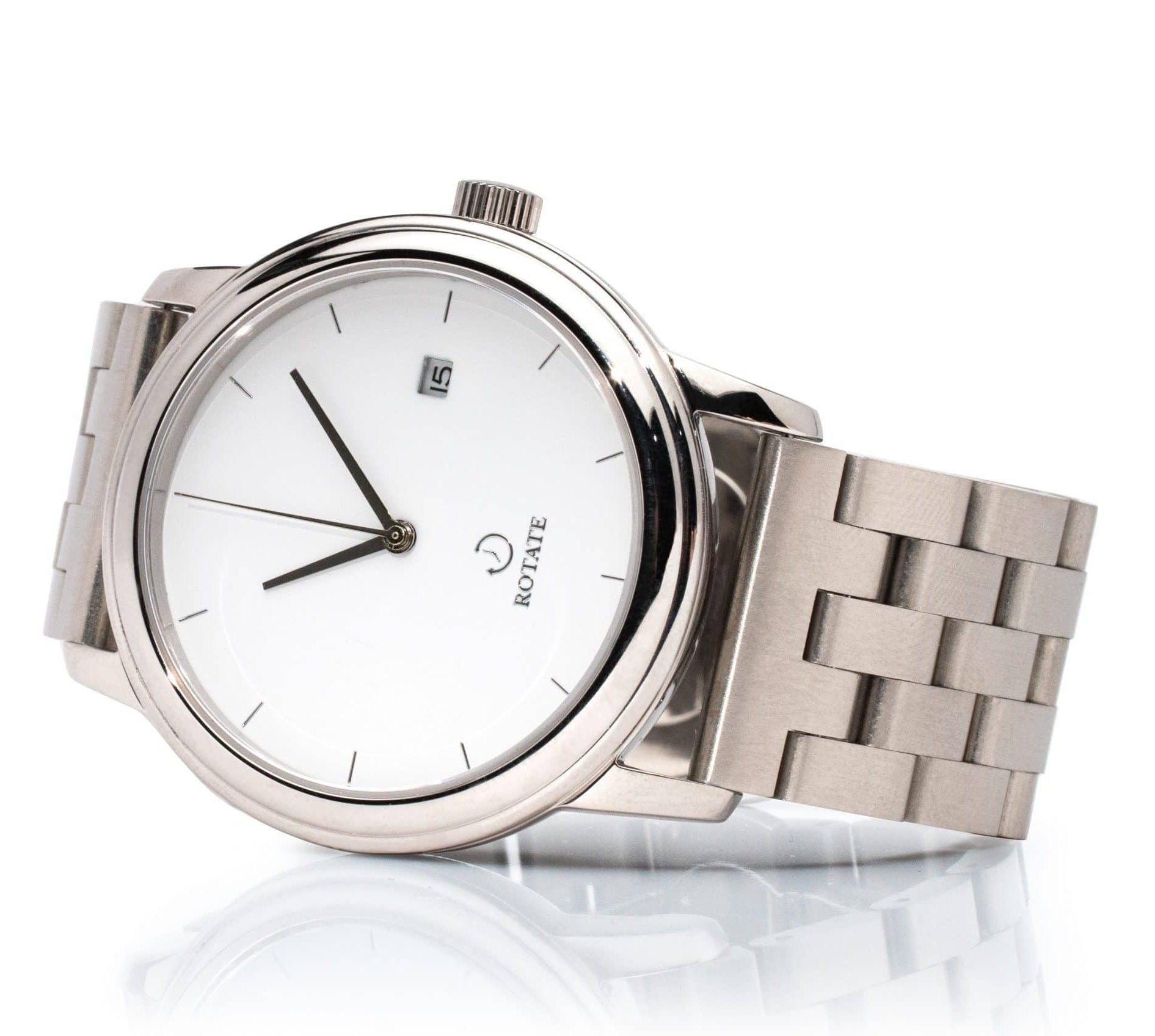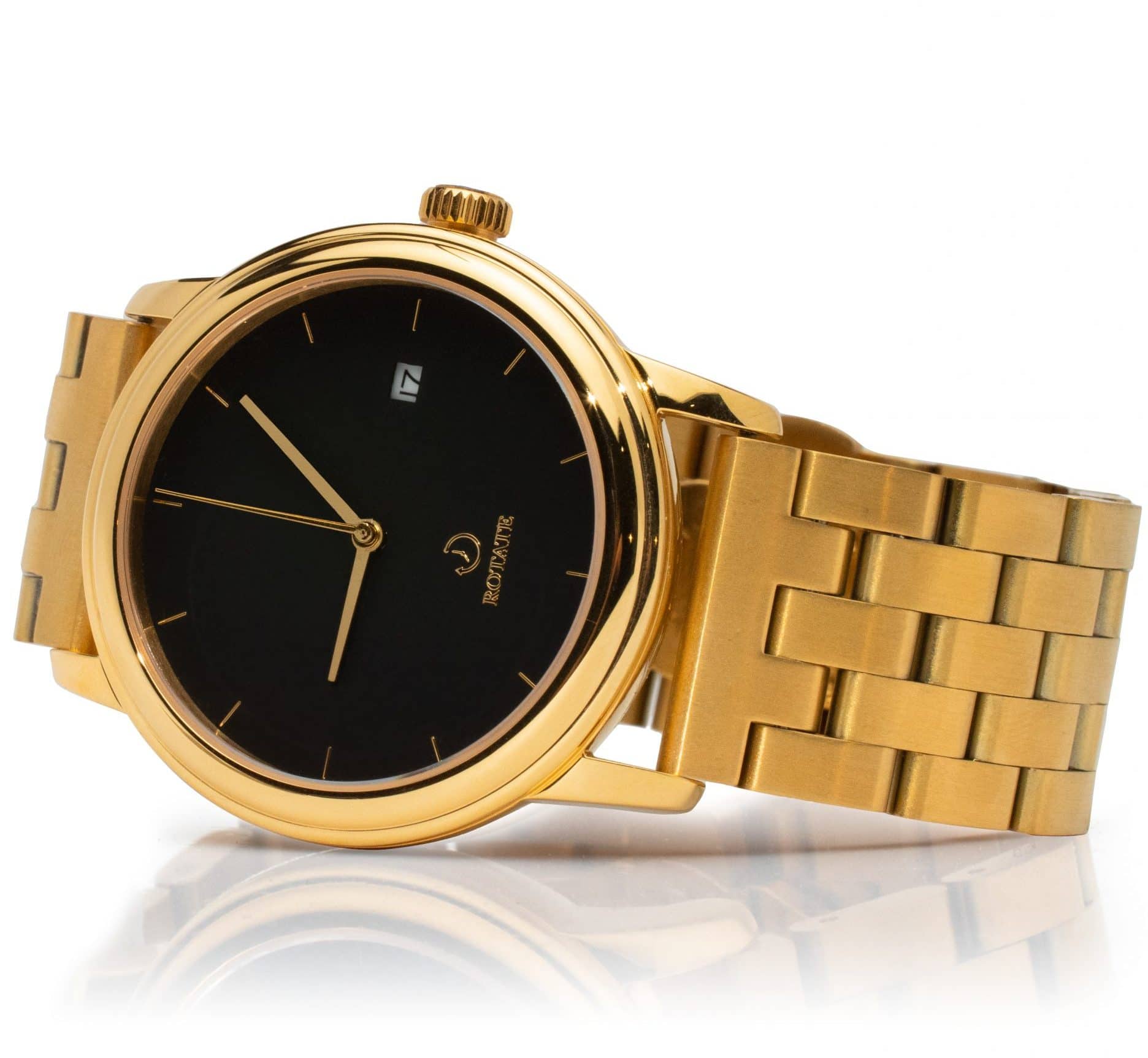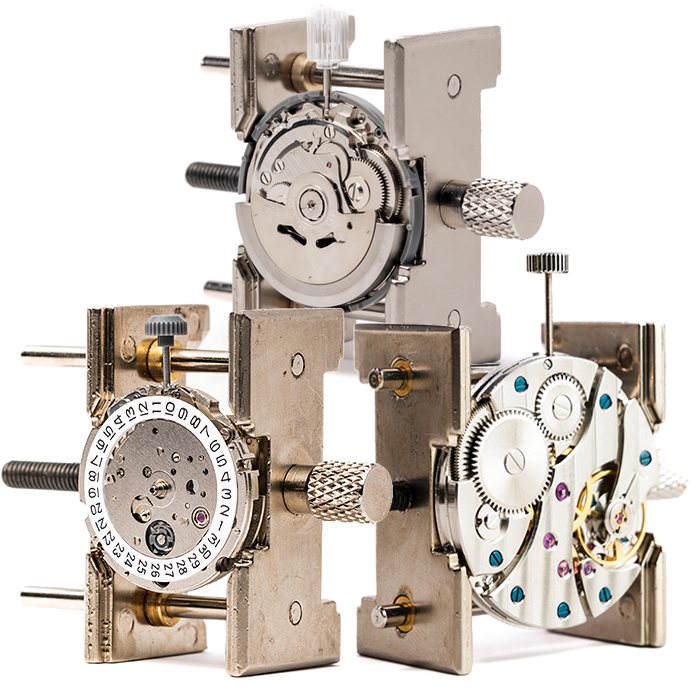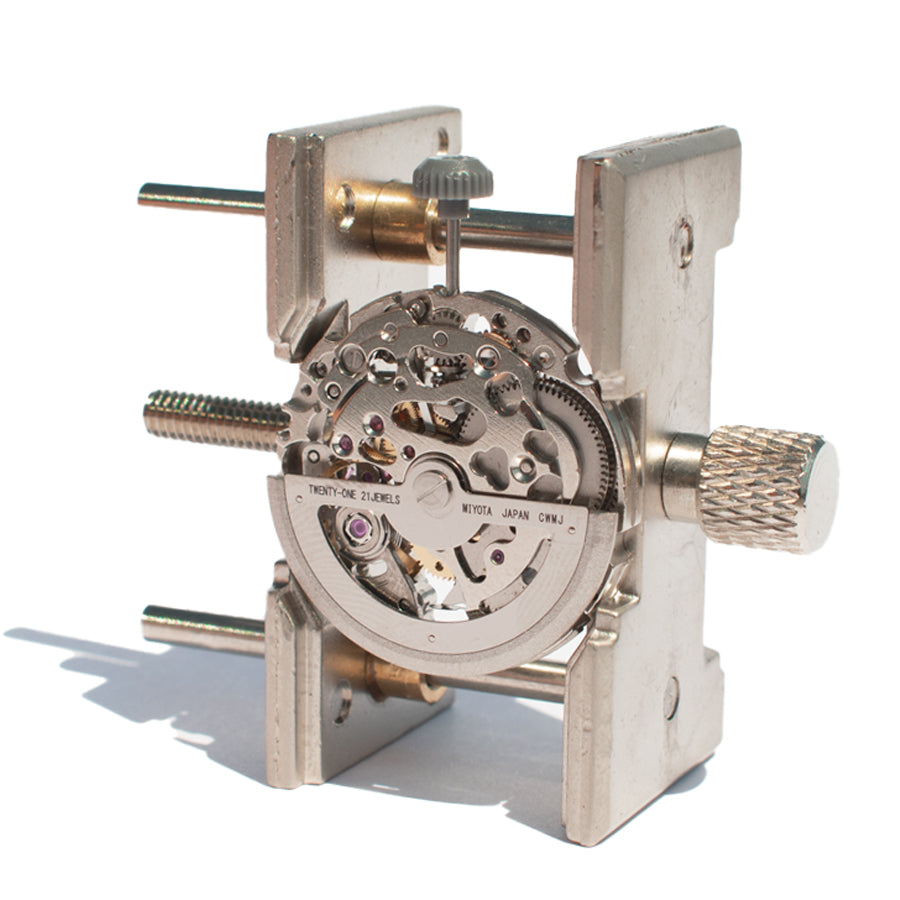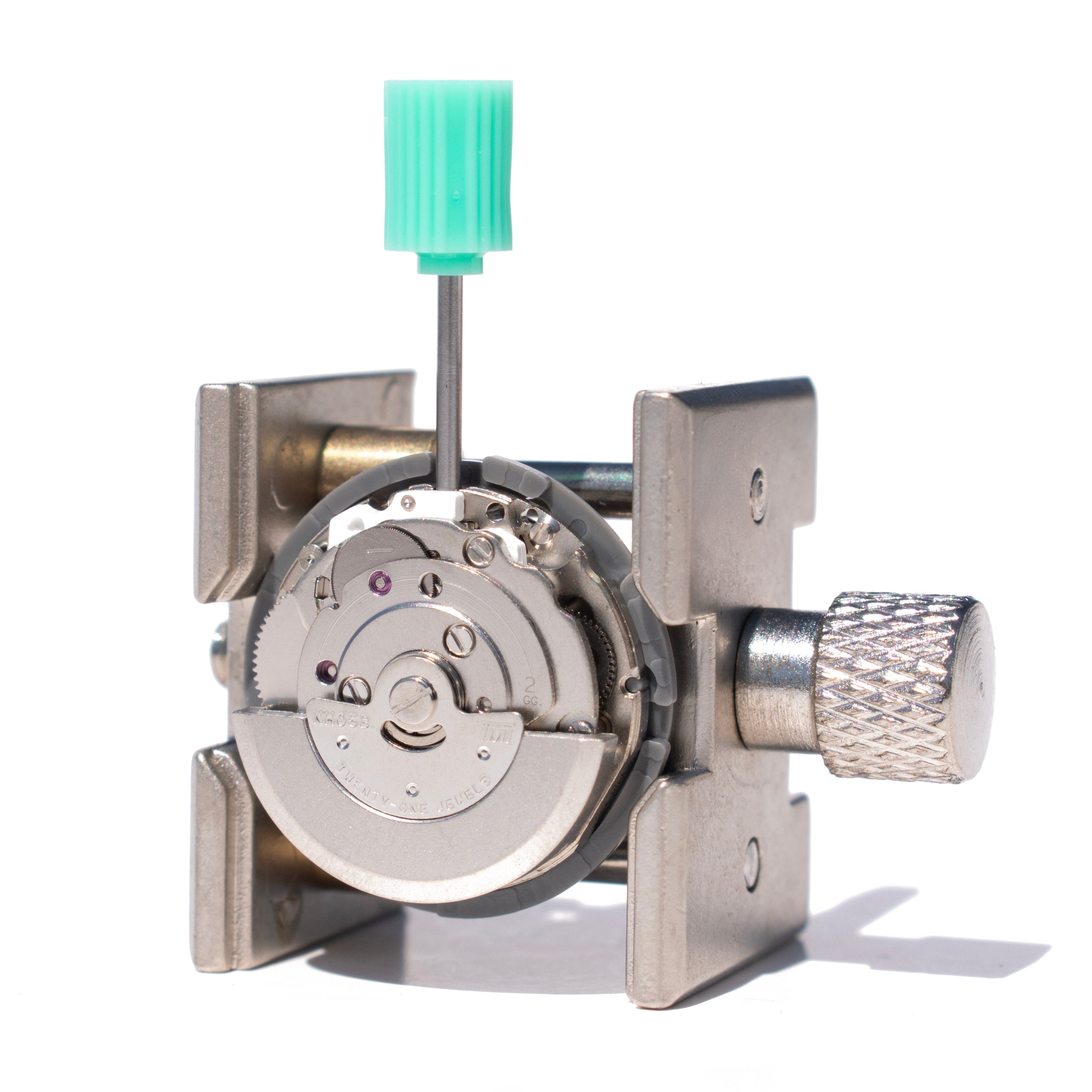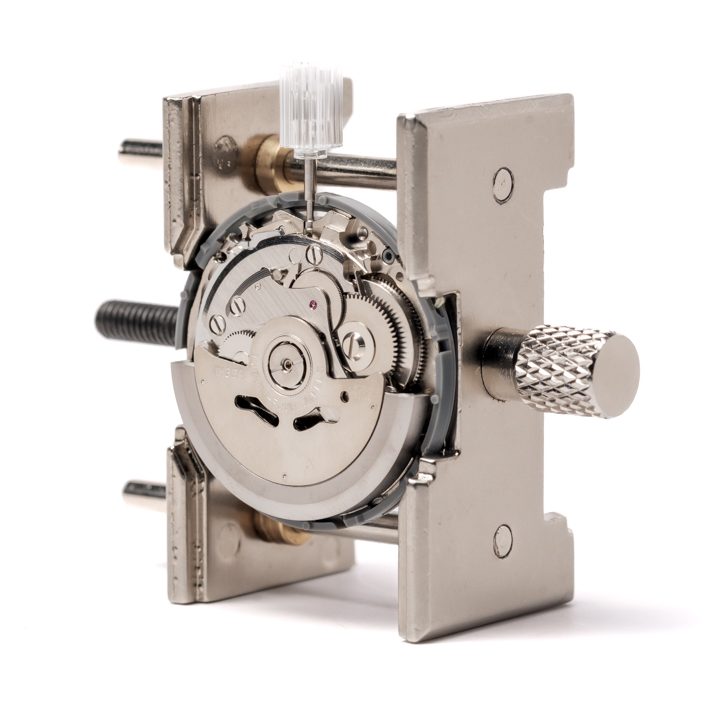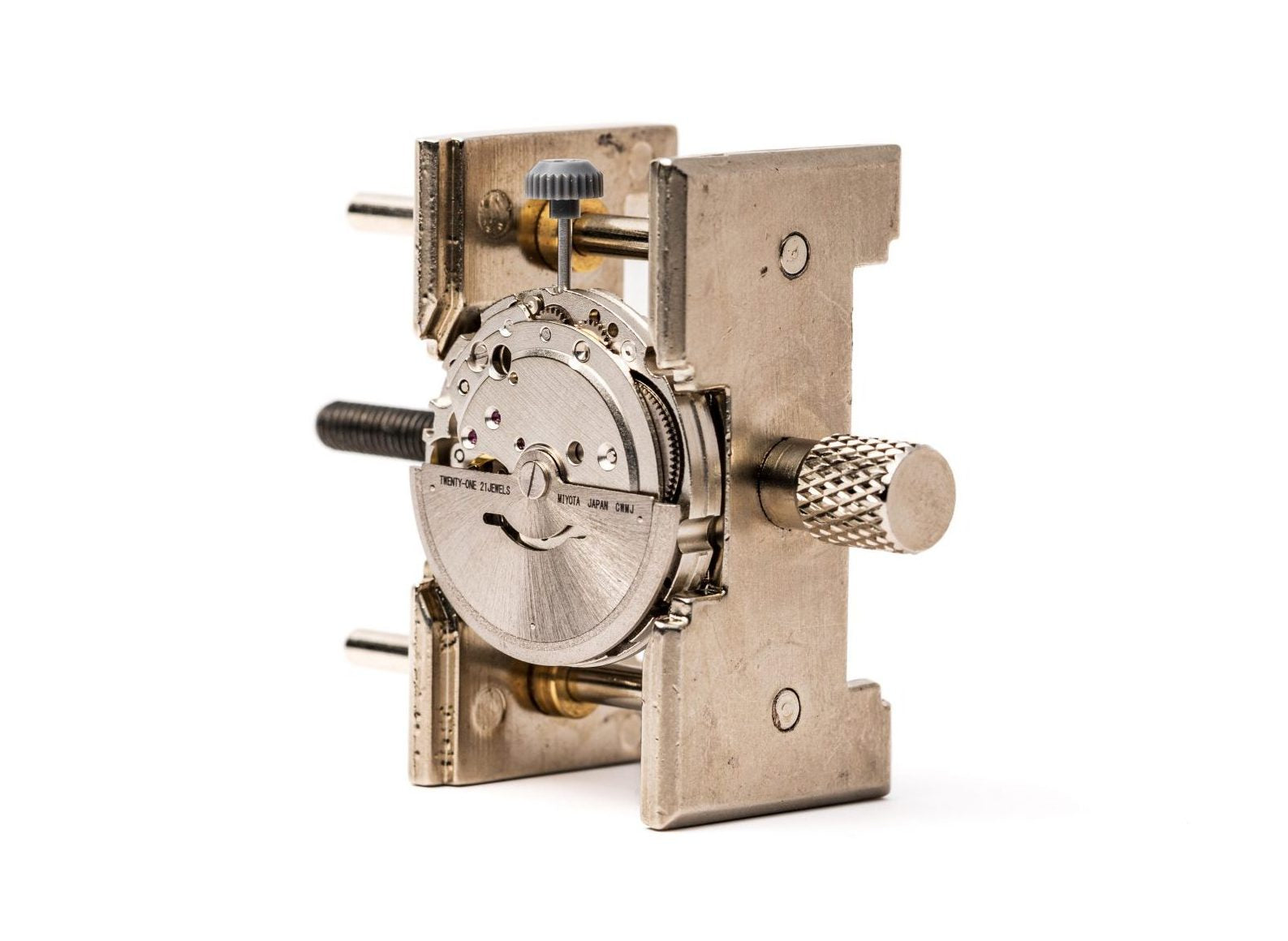
Most Complex Mechanical Watch Complications Available
Mechanical watch complications represent functions beyond basic timekeeping, showcasing the pinnacle of horological craftsmanship. From perpetual calendars that track leap years to minute repeaters that chime the time, these complex movements demonstrate centuries of engineering evolution. Astronomical functions like moon phases and world timers add practical utility, while tourbillons improve accuracy through rotating escapements.
Master watchmakers dedicate years perfecting these intricate mechanisms, with examples found in brands like Patek Philippe, Vacheron Constantin, and Audemars Piguet. Each complication requires specialized knowledge, precise assembly, and often hand-finishing to achieve the extraordinary precision that defines haute horlogerie today.
What Are Mechanical Watch Complications and Why Do Watchmakers Create Them
Mechanical watch complications refer to any function beyond displaying hours, minutes, and seconds. Watchmakers originally developed these features to solve practical problems for sailors, pilots, and astronomers.
The Engineering Challenge Behind Complex Movements
Creating complex movements requires understanding multiple disciplines including astronomy, mathematics, and metallurgy. Master watchmakers spend decades learning to craft these intricate mechanisms.
Each complication adds layers of complexity to the base movement. A simple three-hand watch contains roughly 130 components, while a grand complication can exceed 1,400 parts.
Historical Development of Mechanical Watch Complications
Mechanical watch complications emerged during the 16th century when clockmakers began miniaturizing tower clock mechanisms. The quest for portable precision drove innovation in spring-powered movements.
Learn more about the evolution of automatic watches and their historical significance here.
#1 Perpetual Calendar Watch Complication
The perpetual calendar represents one of watchmaking's most impressive achievements. These mechanisms automatically account for varying month lengths and leap years without manual adjustment until 2100.
How Perpetual Calendar Mechanisms Function
Perpetual calendar complications use a complex system of cams, gears, and levers to track multiple calendar cycles simultaneously. The mechanism "remembers" which months have 30 or 31 days.
These systems typically display month, date, day of the week, moon phases, and leap year indicators. Some advanced versions include equation of time and sunrise/sunset displays.
Notable Perpetual Calendar Examples
Patek Philippe's 5140 Perpetual Calendar showcases traditional dial layout with moon phases. Audemars Piguet's Royal Oak Perpetual Calendar combines sport watch aesthetics with haute horlogerie complications.
Vacheron Constantin's Overseas Perpetual Calendar proves these complications can withstand active lifestyles while maintaining incredible accuracy.
#2 Minute Repeater and Chiming Watch Complications
Minute repeaters represent the acoustic pinnacle of mechanical watch complications. These mechanisms chime the current time on demand using internal hammers and gongs.
Sound Engineering in Minute Repeater Movements
Minute repeater mechanisms strike different tones for hours, quarter-hours, and minutes. Achieving proper sound quality requires precise tuning of metal components within the case.
Watchmakers must consider resonance, hammer weight, and gong thickness to create harmonious chimes. Case materials significantly affect sound transmission and tonal quality.
Grande Sonnerie vs Petite Sonnerie
Grande sonnerie complications chime automatically every quarter-hour and hour. Petite sonnerie variants chime only on the hour, reducing mechanical complexity while preserving acoustic functionality.
Patek Philippe's 5175R Grandmaster Chime features both grande and petite sonnerie modes. Vacheron Constantin's Les Cabinotiers Symphonia demonstrates contemporary chiming excellence.
#3 Tourbillon Watch Complication
The tourbillon houses the watch's escapement and balance wheel in a rotating cage. Abraham-Louis Breguet invented this mechanism in 1795 to improve pocket watch accuracy.
How Tourbillon Complications Improve Timekeeping
Tourbillon mechanisms rotate once per minute, theoretically averaging out positional errors caused by gravity. The visible rotation creates mesmerizing visual appeal beyond functional benefits.
Modern wristwatch movements benefit less from tourbillons than pocket watches due to constant wrist motion. However, the complication demonstrates exceptional manufacturing precision and craftsmanship.
Multi-Axis Tourbillon Innovations
Double and triple-axis tourbillons rotate on multiple planes simultaneously. Jaeger-LeCoultre's Gyrotourbillon and Greubel Forsey's Double Tourbillon 30° showcase these advanced mechanisms.
TAG Heuer's Carrera Mikrograph includes a 1/100th second tourbillon for ultimate chronographic precision.
Learn about movement accuracy and how different mechanisms affect timekeeping here.
#4 Astronomical Watch Complication (Moon Phase, etc.)
Astronomical functions connect mechanical timekeeping with celestial cycles. These complications serve practical navigation purposes while demonstrating technical mastery.
Moon Phase Complications
Moon phase displays track the 29.5-day lunar cycle using gear trains with specific ratios. Accurate moon phase complications require adjustment only once every 122 years.
Arnold & Son's Luna Magna features a dramatically oversized moon phase display. Glashütte Original's Senator Excellence Perpetual Calendar combines moon phases with calendar functions.
Equation of Time and Solar Tracking
Equation of time complications show the difference between mean solar time and true solar time. This variance reaches +16 to -14 minutes throughout the year.
Blancpain's Equation Marchante features a serpentine hand indicating this solar variation. Jaeger-LeCoultre's Master Control Geographic combines equation of time with world time functions.
Celestial Chart Complications
Advanced astronomical functions include rotating star charts calibrated for specific geographic locations. Vacheron Constantin's Les Cabinotiers Celestia displays constellations visible from Geneva.
Patek Philippe's 6102P Sky Moon Celestial features rotating sky charts and moon phase indicators on both dial and caseback.
Understanding the intricacies of mechanical movements helps appreciate these complications. Learn more about Japanese movements here.
#5 World Time and Geographic Watch Complications
World time complications display multiple time zones simultaneously using rotating discs and fixed reference points. These functions served international travelers before digital communication.
Dual Time Zone Mechanisms
GMT and dual time zone complications use additional hour hands to track second time zones. These relatively simple mechanisms require minimal additional components.
Rolex's GMT-Master pioneered practical dual time zone functionality. Tudor's Black Bay GMT offers similar functionality at accessible pricing.
True World Time Complications
True world time complications display all 24 time zones simultaneously using city rings and 24-hour discs. Users can read any global time zone instantly.
Patek Philippe's 5131J World Time features classic sector dial design. Vacheron Constantin's Overseas World Time combines travel functionality with sport watch durability.
#6 Chronograph Watch Complications and Timing Functions
Chronograph complications add stopwatch functionality to basic timekeeping. These mechanisms range from simple elapsed time measurement to complex split-seconds timing.
Split-Seconds Chronograph Complexity
Split-seconds chronographs feature two chronograph hands for timing multiple events simultaneously. One hand can be stopped independently while the other continues running.
The complexity lies in managing two hands with separate control mechanisms. Patek Philippe's 5370P showcases traditional split-seconds chronograph excellence.
Flyback Chronograph Functions
Flyback chronographs reset and restart timing with a single button press. This function eliminates the stop-reset-restart sequence for consecutive timing events.
Pilots particularly value flyback functionality for navigation timing. Breitling's Navitimer series exemplifies aviation chronograph design.
#7 Annual Calendar Watch Complications
Annual calendars display month, date, and day information while accounting for 30 and 31-day months. These complications require manual adjustment only at February's end.
Simplified Calendar Mechanics
Annual calendars use fewer components than perpetual calendars while providing practical date functionality. This balance makes them more accessible to collectors.
The mechanism tracks month lengths using shaped cams and levers. February always requires manual adjustment since the system cannot account for leap years.
Notable Annual Calendar Examples
Patek Philippe introduced the first annual calendar wristwatch in 1996. Glashütte Original's Senator Excellence and Montblanc's Heritage Manufacture demonstrate modern interpretations.
Frederique Constant offers annual calendars at relatively accessible price points, democratizing this complication category.
Building Your Own Mechanical Watch Experience
Understanding mechanical watch complications enhances appreciation for these engineering marvels. Building watches provides hands-on experience with gear trains, escapements, and timing mechanisms.
Starting with Basic Mechanical Movements
Beginning watchmakers should start with simple three-hand movements before attempting complicated functions. Basic assembly teaches fundamental timing and adjustment principles.
Quality movement kits provide excellent learning opportunities. The Seiko NH36 Movement Kit offers hands-on experience with automatic winding mechanisms.
Advanced Complication Assembly
Experienced builders can explore more complex projects involving additional functions. Multiple movement types showcase different engineering approaches to timekeeping.
The Mega Movement Kit Bundle includes Seiko, Miyota, and Seagull movements for comprehensive learning experiences.
Learn about different movement types and their characteristics here.
Start your watchmaking journey with Rotate Watches, where complete DIY watch kits transform curiosity into craftsmanship.
FAQ
Q. What are the most complex mechanical watch complications available today?
Ans. The most complex mechanical watch complications include perpetual calendars, minute repeaters, grande sonnerie, astronomical functions, and multiple tourbillons. Grand complications often combine several functions in one timepiece.
Q. How does a perpetual calendar complication work in watches?
Ans. A perpetual calendar uses intricate gear trains and cams to automatically track months, dates, leap years, and moon phases. The mechanism adjusts for varying month lengths without manual correction until 2100.
Q. What makes a minute repeater so difficult to manufacture?
Ans. Minute repeaters require precise acoustic engineering to create proper chiming tones. Watchmakers must tune hammers, gongs, and resonance chambers while fitting everything into a small watch case.
Q. Are tourbillon complications purely decorative or functional?
Ans. Tourbillons were originally designed to improve pocket watch accuracy by countering gravity effects. In modern wristwatches, the constant motion provides less practical benefit, making them primarily showcase pieces.
Q. Which astronomical functions are most useful in modern watches?
Ans. Moon phase displays remain practical for sailors and astronomers. World time complications serve international travelers, while the equation of time appeals to collectors interested in solar time variations.
Q. How many components are typically found in complex movements?
Ans. Simple three-hand movements contain around 130 components. Complex movements with multiple complications can exceed 1,400 parts, requiring exceptional precision in manufacturing and assembly.
{ "@context": "https://schema.org", "@type": "FAQPage", "mainEntity": [ { "@type": "Question", "name": "What are the most complex mechanical watch complications available today?", "acceptedAnswer": { "@type": "Answer", "text": "The most complex mechanical watch complications include perpetual calendars, minute repeaters, grande sonnerie, astronomical functions, and multiple tourbillons. Grand complications often combine several functions in one timepiece." } }, { "@type": "Question", "name": "How does a perpetual calendar complication work in watches?", "acceptedAnswer": { "@type": "Answer", "text": "A perpetual calendar uses intricate gear trains and cams to automatically track months, dates, leap years, and moon phases. The mechanism adjusts for varying month lengths without manual correction until 2100." } }, { "@type": "Question", "name": "What makes a minute repeater so difficult to manufacture?", "acceptedAnswer": { "@type": "Answer", "text": "Minute repeaters require precise acoustic engineering to create proper chiming tones. Watchmakers must tune hammers, gongs, and resonance chambers while fitting everything into a small watch case." } }, { "@type": "Question", "name": "Are tourbillon complications purely decorative or functional?", "acceptedAnswer": { "@type": "Answer", "text": "Tourbillons were originally designed to improve pocket watch accuracy by countering gravity effects. In modern wristwatches, the constant motion provides less practical benefit, making them primarily showcase pieces." } }, { "@type": "Question", "name": "Which astronomical functions are most useful in modern watches?", "acceptedAnswer": { "@type": "Answer", "text": "Moon phase displays remain practical for sailors and astronomers. World time complications serve international travelers, while the equation of time appeals to collectors interested in solar time variations." } }, { "@type": "Question", "name": "How many components are typically found in complex movements?", "acceptedAnswer": { "@type": "Answer", "text": "Simple three-hand movements contain around 130 components. Complex movements with multiple complications can exceed 1,400 parts, requiring exceptional precision in manufacturing and assembly." } } ] }


